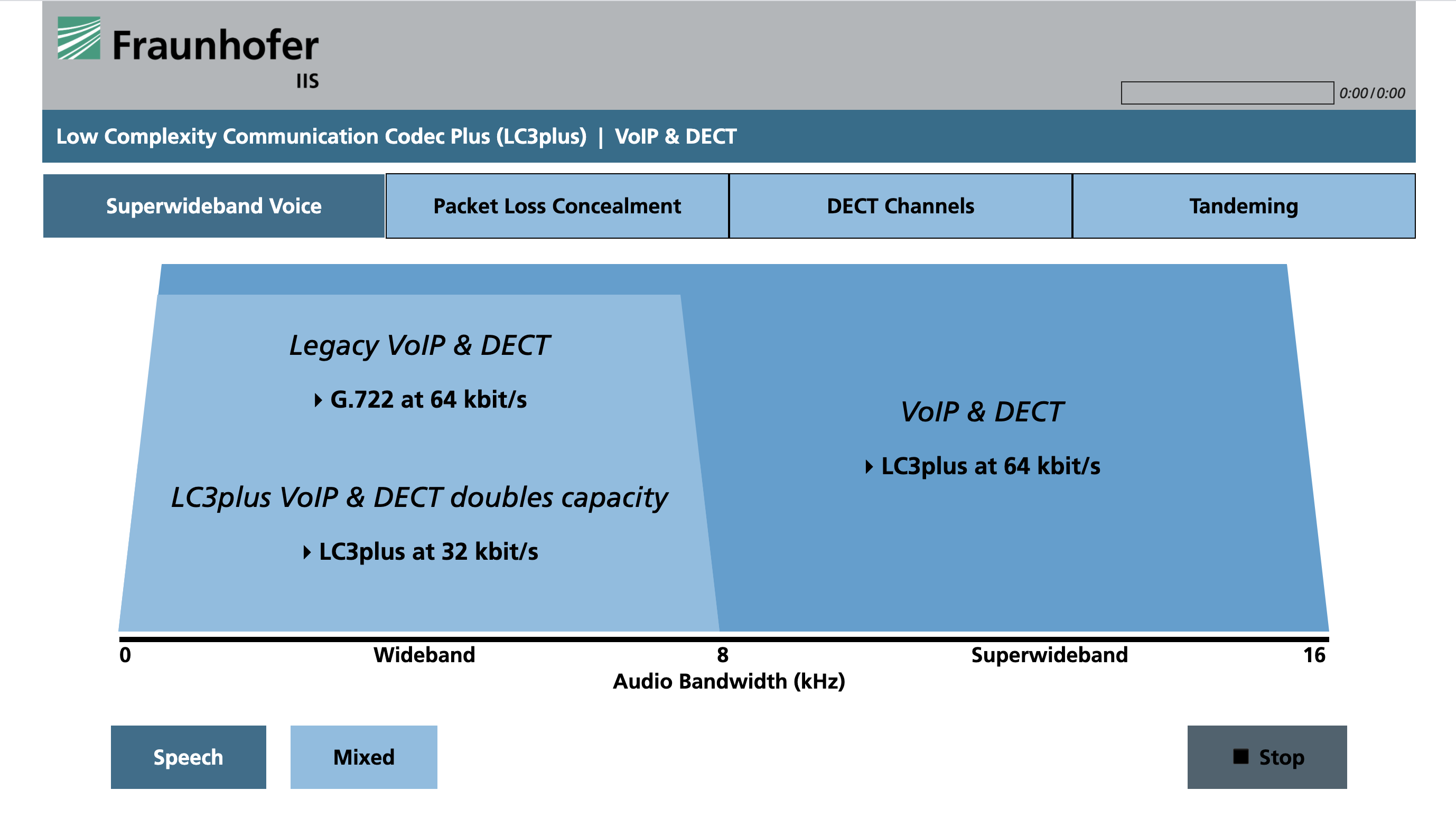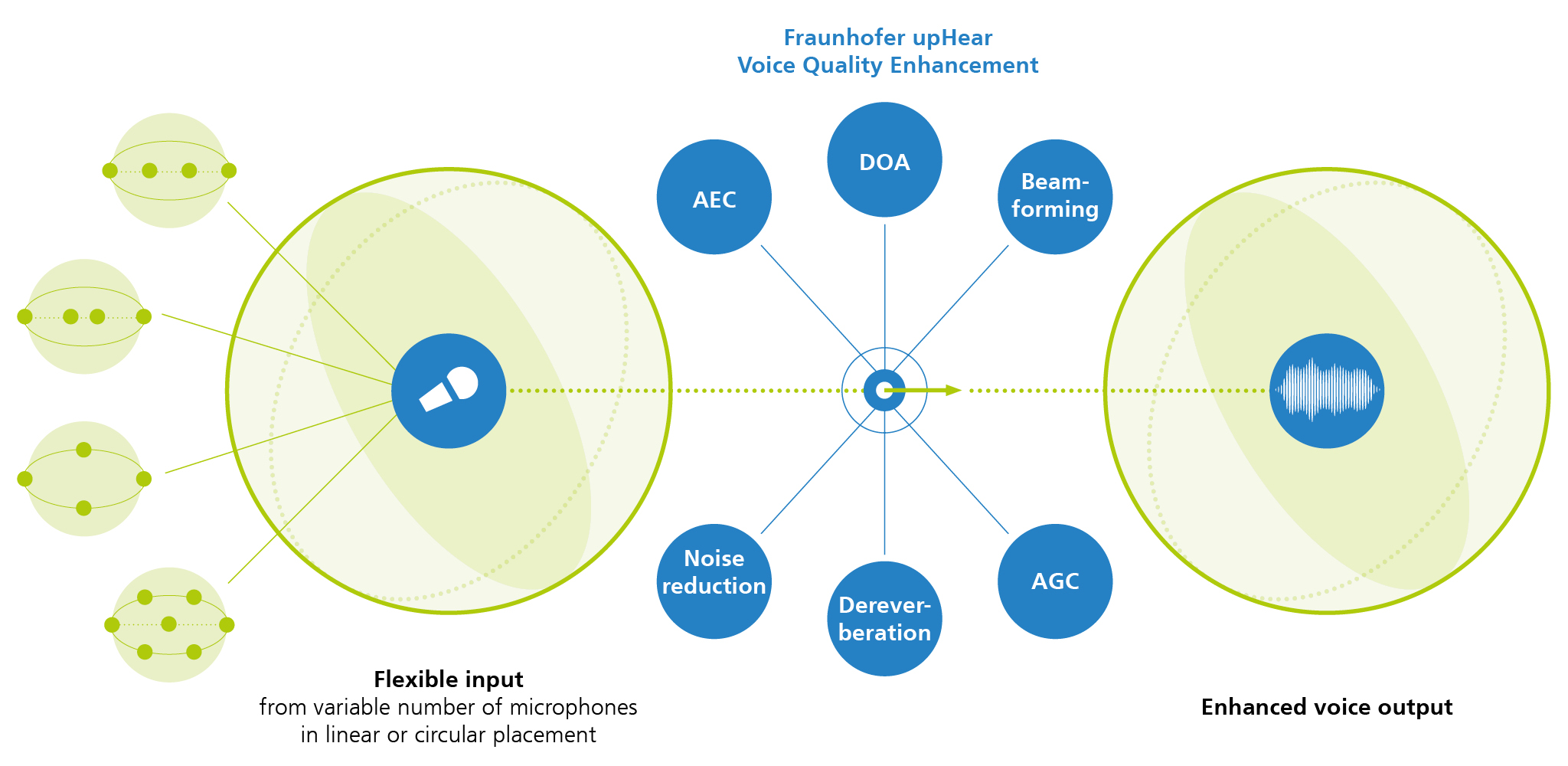JPEG XS - the new low complexity codec standard for professional video production
The standardized JPEG XS codec was developed to handle media workflows from acquisition to distribution by using Ethernet settings and infrastructure only. Until very recently, digital image transmission for production and contribution could be done only by using specific interfaces such as SDI, IEEE1394, or CameraLink. However, with the availability of higher bandwidth of Ethernet interfaces, the handling of highest-quality images over internet protocol (IP) in local and wide area networks was required and JPEG XS is a codec enabling these requirements.
An update to the new video production codec for professional video
A low compression of up to 10:1 allows near-transparent transmission. JPEG XS – developed to offer lowest l atency for multiple encoding-decoding cycles and moderate computational resource requirements while preserving image quality at the highest level – fulfills these demands to facilitate production/ contribution settings, even for 4 and 8k images. The core coding system of JPEG XS was standardized in ISO at the end of 2018 as ISO/IEC 21122-1, the remaining parts in 2019. What is available for industry applications today are the compression of RGB and YCbCr images in 444 and 422 sampling formats with up to 12 bits per component for broadcast and prosumer use cases. Some smaller extensions, like compression of 420 sampling formats and lossless compression, are under development.
Integration of JPEG XS into cameras and image sensors
The current standardization activity is a big step forward to enable JPEG-XS for compression of RAW Bayer image data. During this JPEG XS development phase, a PSNR gain of 5 dB in coding efficiency could be achieved and will be included in a new amendment. This allows the industry to integrate the codec into today’s cameras and image sensors. It offers the use of the codec in the complete production pipeline – from the image capturing to the distribution encoder. It facilitates the use of the codec in other use cases, like integration in cameras for machine vision, automotive, or high quality surveillance, too. JPEG XS already exists as transport and file formats, like RTP, MPEG2-TS, JXS, MP4, and HEIF. The standardization of JPEG XS inside the MXF file container is under progress in SMPTE under the item ST 2124. With these activities, a complete suite of formats is now available for JPEG XS allowing the transport and storage of this format in the postproduction workflow.
JPEG XS SDK available
Fraunhofer IIS offers development kits for CPU and GPU usage, as well as consulting projects for integration into products to the industry. Initial implementations for JPEG XS were carried out successfully, even in 8k.



